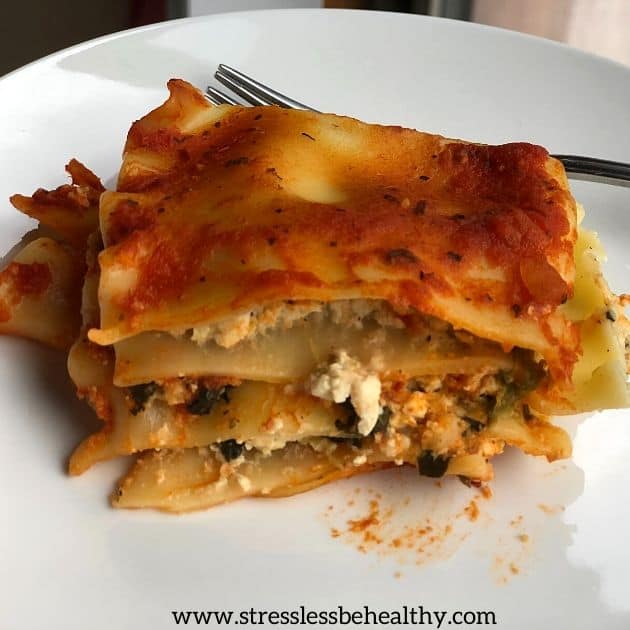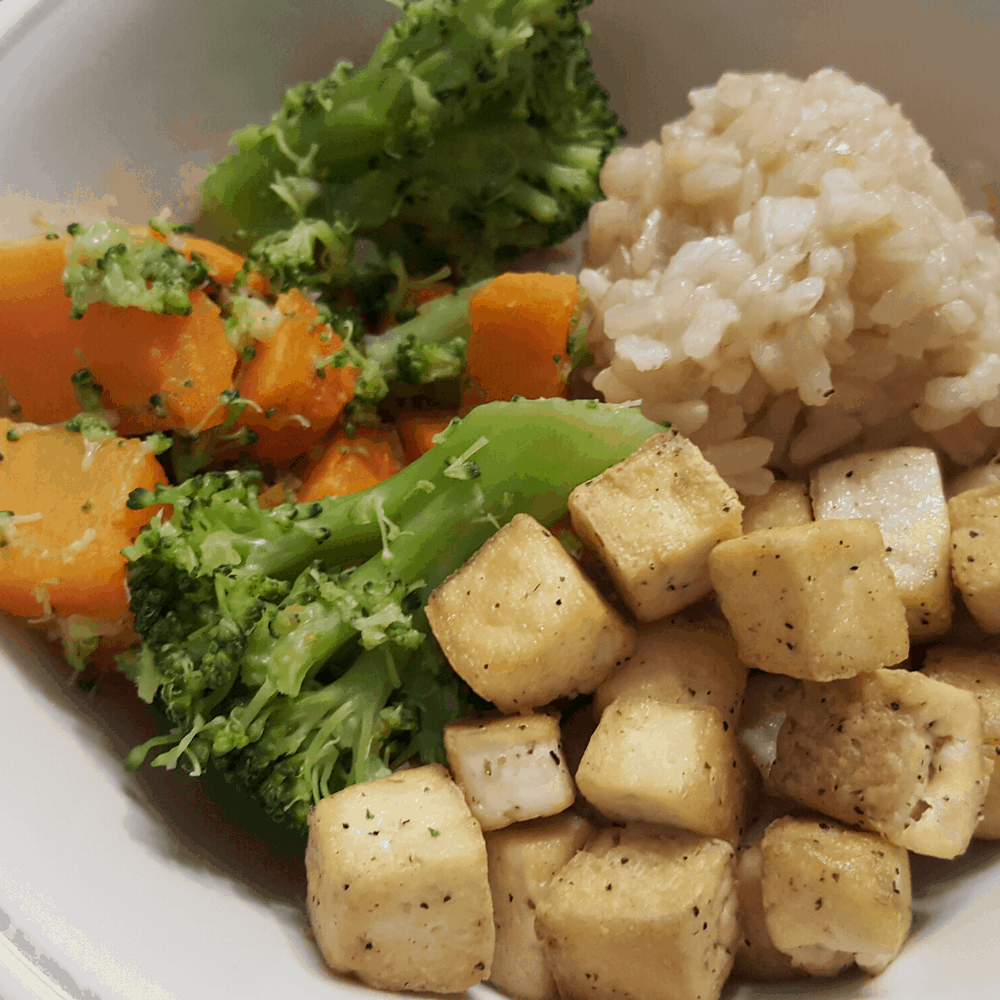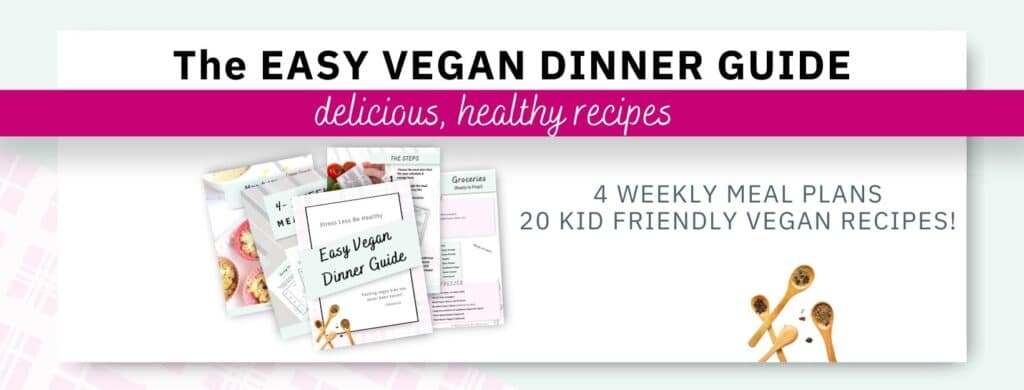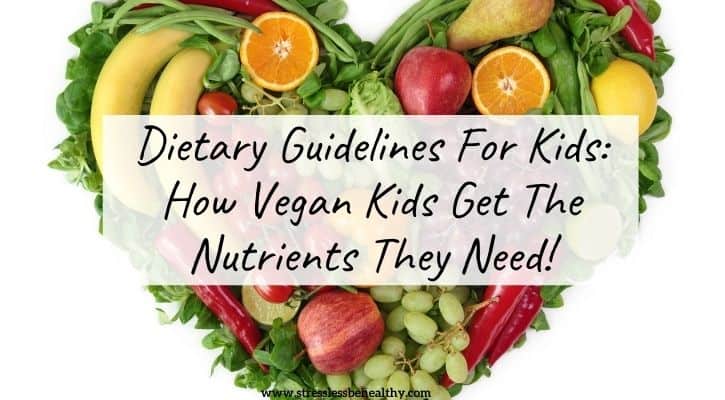Where Do Vegan Kids Get Their Protein?
*Disclosure: some links may contain affiliate links. For more information on what this means, visit my disclosure page.
In this article you will learn the answer to the famous question “where do vegans get their protein?” Along with how easy it is to get enough protein, and the best vegan protein sources for kids, that they’ll actually eat!
This article is a continuation of Dietary Guidelines For Kids: How Vegan Kids Get The Nutrients They Need!
If you’re vegan or raising your kids vegan, one of the most common questions, or concerns, that others may have is where do they get their protein?
Even when I was a kid and vegetarian, people would wonder where I got my protein.
I think many of us, vegans and non-vegans, are generally raised to believe that the only way to get protein is through eating animals or animal products.
Which, as you probably already know, is false!
There are many ways to get enough protein to survive, thrive, and grow as a vegan!
*Please note that I am not a doctor or registered dietitian and am not liable for what you do with the information I provide. The following is for informational purposes only. If you or you child has a medical condition or you have concerns about raising vegan kids, please consult your pediatrician or a registered dietitian familiar with a vegan diet.
So, where do vegans get their protein?
Simple, Plants!
Plants such as beans, legumes, grains, nuts, seeds, veggies, and even fruits! Those all have protein in them, some more than others.
The amount of protein in some of those foods, especially beans, legumes, nuts & seeds have comparable protein amounts per serving to animal products or meat.
However, the plant based foods high in protein have other nutrients, such as vitamins, minerals, and fiber; which the animal products do not.
*Don’t worry, I give more specific answers in a little bit!
Alright, but how much protein do our kids really need each and everyday?
Well, it depends.
Mostly, it depends on weight.
First I’ll give you the equation for figuring it out yourself (use the result as an average), then I’ll provide you with the typical amount per age for young kids.
Equation:
- Divide your child’s weight (in pounds) by 2.2
(This will give you their weight in kg, if you already know their weight in kg; skip that step.)
- Then multiply that number (their weight in kg) by 1.14
The result is approximately how much protein, in grams, they should consume daily.
However, please note that the amount you multiply by at the end should be reduced gradually to .83 by the time they are adults. For example, if you weigh 120 pounds then the recommended amount of protein for the day is 49 grams.
You’ll see later on, that this number really isn’t that hard to get to!
(Of course, for pregnant or breastfeeding mothers, the amount of protein will be higher, they need more to help build a baby or extra nutrients for the nursing baby.)
So, it may be easier to simply use the typical amounts for kids based on age below:
- 6-12 months: 11 grams²
- 1-3 years old: 13 grams¹
- 4-8 years old: 19 grams²
- 9-13 years old: 34 grams¹
- 14-18 years old (female): 46 grams¹
- 14-18 years old (male): 52 grams¹
*These amounts may vary by child, their weight, and their activity levels.
Why is it so important to make sure kids get enough protein?
Protein is the building blocks for our bodies; required for building new cells for growing children and cell maintenance when they are done growing.
Protein is also required for:
- Structure and movement (as they are a component of muscle and bone)
- Protecting health (by providing building blocks for antibodies and other parts of the immune system)
- Reactions in the body (as enzymes)
- Coordinating activities in the body (as hormones)
- Helping things get to where they need to be in the body, like electrons or oxygen
Why do so many people believe you can’t get enough protein on a vegan diet?
Because they’re brainwashed to believe that!!
Haha, ok, that may only be partially true!
The myth of vegans not being able to get enough protein stems from amino acids, the quality of the protein, and the availability of essential amino acids in a single plant based food.
Protein is composed of amino acids, some amino acids are essential amino acids, meaning you can only get them from food; they also help form non-essential amino acids.
It used to be thought that only animal protein had all of the essential amino acids present in them, but that myth has since been busted.
There are plenty of plant proteins that contain all of the essential amino acids, however, just like all food with protein, they have varying amounts of the different essential amino acids.
So, in theory, if a person only consumes one type of food for all of their protein needs; they may not be getting enough of all of the amino acids they need from their diet.
Which is why having a varied diet is so important, or at least one of the reasons why it’s important.
You can’t live off a single food all your life and expect to thrive!
There was also the notion that protein from plants were incomplete, yet animal products had complete protein. Meaning that you would have to combine two different plant proteins in the same meal to get all of the essential amino acids needed.
In fact, that theory was still being taught in colleges 7 years ago (when I was still in college)!
Luckily, it has been cleared up that that was also a myth; though it doesn’t mean you have to stop eating rice and beans together in burritos, or peanut butter sandwiches!
The one thing that myth had right is that we need a varied diet throughout the day; but that’s true for getting enough of any nutrient.
What Plant Foods Have Protein And How Much?
I am not going to cover every single food, serving size, and amount of protein it contains. That would take way too long and would probably bore you, let alone to think of all the scrolling you would have to do!
Instead, I’ll pick out the food from each food group that has the most protein, and other foods that tend to be easier (in my own experience) to get kids to eat.
Because a food with a super high amount of protein per serving is of no use if our kids won’t eat it!
| Legumes Average | 9.7 grams per serving |
| Soy Beans (1/2 cup) | 15.1 grams |
| Peanut Butter (2 tablespoons) | 8.1 grams |
| Tofu (1/2 cup) | 10.9-21.1 grams |
| Split Peas (1/2 cup) | 8.6 grams |
| Soy Milk (1/2 cup) | 6.3-11 grams |
| Nuts & Seeds | 5.4 grams per serving |
| Pumpkin Seeds (1/4 cup) | 9.9 grams |
| Almonds (1/4 cup) | 7.7 grams |
| Cashews (1/4 cup) | 6.2 grams |
| Ground Flax seeds (1/4 cup) | 5.1 grams |
| Tahini (2 tablespoons) | 5.2 grams |
| Grains | 3.5 grams per serving |
| Buckwheat groats (1/4 cup dry) | 5.6 grams |
| Quinoa (1/2 cup) | 4.3 grams |
| Oatmeal (1/2 cup) | 3.1 grams |
| 1 slice White Bread | 2.8 grams |
| 1 slice Whole Wheat Bread | 3.9 grams |
| Veggies | 1.6 grams per serving |
| Avocado (1/2 cup) | 1.5 grams |
| Cooked Broccoli (1/2 cup) | 2 grams |
| Cooked Yellow Corn (1/2 cup) | 2.5 grams |
| Medium Baked Potato | 4.3 grams |
| Spinach (1 cup) | 0.9 grams |
| Baked Sweet Potato (1/2 cup) | 2.4 grams |
| Fruit | 0.8 grams |
| Medium Banana | 1.3 grams |
| Medium Apple | 0.5 grams |
| Dates (1/4 cup) | 0.9 grams |
How to Easily Get Your Vegan Kid to Eat Enough Protein!
If you take a look at the table above and then consider the amount of protein kids need in a day (between 11 and 52 grams); you’ll see that it’s not really that difficult to get them to have enough protein!
It could be as simple as giving a toddler a half a peanut butter sandwich for lunch and a smoothie made with soy milk, spinach, and some fruit for a snack.
Add in some trail mix for a child 4-8.
Some tofu ‘mozzarella sticks’ for 9-13 year olds.
And some vegan stuffed shells with a tofu spinach ricotta and a cashew cream for teens!
You know your kids are eating more than 2 meals and a couple of snacks a day, especially during growth spurts. So as long as they have 1-3 high protein foods, depending on their age, per day; they should be fine.
So, if it’s that easy to get enough protein into a vegan child’s diet; the real question should be for parents of non-vegans and how can they prevent their kids from getting too much protein!?
High Protein Food Ideas That Are Kid Friendly
Energy Balls

Most energy balls have either peanut butter, another nut butter, or nuts and seeds in them, along with other fun ingredients for the flavor. This recipe is a chocolate chip peanut butter version, but there are others that use cranberries and dates with nuts, too! There’s a flavor for everyone!
Chickpea Cookies

What kid doesn’t like cookies! These cookies use both peanut butter and chickpeas and are therefore chock full of healthy proteins for your kids, in a package (cookie) that they’ll love!
Quinoa Soup

(Strain it for infants if doing baby led weaning.) This recipe uses quinoa, beans, pasta, and then tons of veggies and spices. Making it a super soup as far as protein, and other nutrients, goes!
Vegan Lasagna with Tofu Ricotta

If your kids want a fancy dinner, who knows why, then this lasagna is perfect for increasing their protein consumption for the day. Some of the high protein ingredients are tofu and cashews (for the cashew cream)!
Strawberry and Peanut Butter Roll ups

A simple twist on the classic PB&J, you can easily get your child to eat this, either as a snack or lunch. It not only will provide them with at least 8 grams of protein, simply from the peanut butter, but also tons of antioxidants from the berries!
Buddha Bowl with Tofu

With brown rice, tofu, broccoli, and sweet potato; you’re looking at around 23 grams of protein for a full serving of each ingredient. Of course, the younger the child the less they’ll be able to eat. But, with over 10 grams of protein for half a serving, your little ones will have no problem getting the protein they need for the day!
Lentil Wraps

This salad bar type of wrap is great for picky eaters, as they can choose which veggies go into it; just be sure to get the lentils in the wrap before they start filling it with everything else!
Avocado Quesadillas

Another easy lunch or dinner idea that includes beans as one of the ingredients, along with plenty of veggies! Plus, kids love quesadillas, so this should be a good choice for both getting enough protein in your childs diet and getting them to eat their veggies!
Chocolate Peanut Butter Smoothie
Unless your child is going through an ‘I don’t like chocolate anymore’ phase, because that is apparently a thing for some kids (my oldest just went through it), your child won’t be able to refuse this high protein smoothie that tastes just like a Reese’s! Using soy milk and peanut butter (and no protein powder), a full cup should be over 15 grams of protein; easy!
Green Smoothie

Even green smoothies can have a powerful protein kick to them, if you’re using the right type of milk, such as soy milk. Unfortunately, other non-dairy milks, though still high in calcium, aren’t high in protein; like almond milk.
Also check out 23 High Protein Vegan Snacks for Kids After School
These are not all of the easy ways to get enough protein into your childs diet; there are at least a hundred other foods, meals or snacks, that are high in protein that kids would love. But those recipes should give you a good start!
Didn’t start from the beginning? Start Here!
Need some inspiration for being or raising vegan? Check out the vegan quotes in Vegan Quotes: For Health, the Planet, & the Animals!
¹Dietary Guidelines of 2015-2020 ²Becoming Vegan: The Complete Reference to Plant-Based Nutrition (Comprehensive Edition), by Branda Davis, RD & Vesanto Melina, MS, RD








